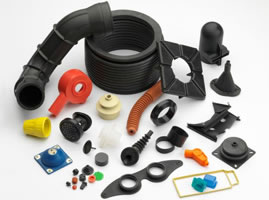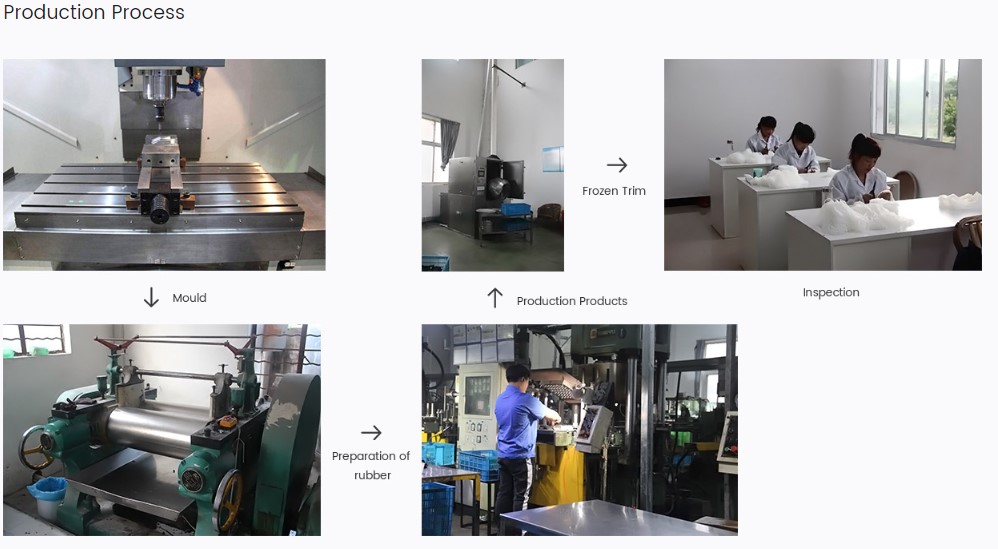

Rubber molding is a fast and affordable method of creating multiple plastic parts from a single pattern. We can create up to several hundred copies at a time using this method. The finished parts can be painted and textured as required. Many We customers use this service to enable marketing efforts and show mockups of their new products.
Mold Design
Molds can be designed and built to varying degrees of precision, but not at the same cost. With any type of mold, the mold builder must have some tolerance, and therefore, each cavity will have some variance from the others. Dimensional tolerances on the product must include allowances for this fact. The accuracy of the mold register must also be considered. This is the matching of the various plates of the mold that form the mold cavity. Register is usually controlled by dowel pins and bushings or by self-registering cavities. For molds requiring high precision in dimensions and register, the design work and machining must be more precise and the cost of the molds will be greater than one with commercial requirements.
Trim and Finish
The objectives of trimming and finishing operations are to remove rubber material-such as flash, which is not a part of the finished product. Often this is possible without affecting important dimensions, but in other instances, some material is removed from the part itself. Where thin lips or projections occur at a mold parting line, mechanical trimming may actually control the finished dimension.
Inserts
Most insert materials (metal, plastic, fabric, etc) have their own standard tolerances. When designing inserts for molding to rubber, other factors must be considered, such as fit in the mold cavities, location of the inserts with respect to other dimensions, proper hole spacing to match with mold pins, and the fact that inserts at room temperature must fit into a heated mold. In these matters, the rubber manufacturer can be of service in advising on design features.
The rubber parts are normally made by this high-volume and high-pressure compression molding process. Compare with other processes, compression molding has a relatively low mold cost, but more wastes in materials. The mold for compression molding can be in aluminum material or normally grade steel materials. Since the mold itself is very cost effective, it is suitable for small run productions. While injection molding process has a limitation on the size and weight, compression molding does not have such limitations. It can make large sized products at a relatively low cost.

Materials:
Most common materials used in compression molding are silicone rubber, natural rubber, EPDM, TPE, PEEK, Torlon, PPS, and Polyester fiberglass resin systems..

Surface Treatment: Color can be custom made, please let us know the Pantone color code before production.
Quality Control:
Quality inspection will be performed strictly under ISO9001:2008 management standard.
Inspection tools are including: Projector, CMM, Chromatographic Instrument, Abrasion Tester.
Advantages:
1. Lower cost mold tooling and mold making in house
2. Good for small production runs
3. Good for large parts